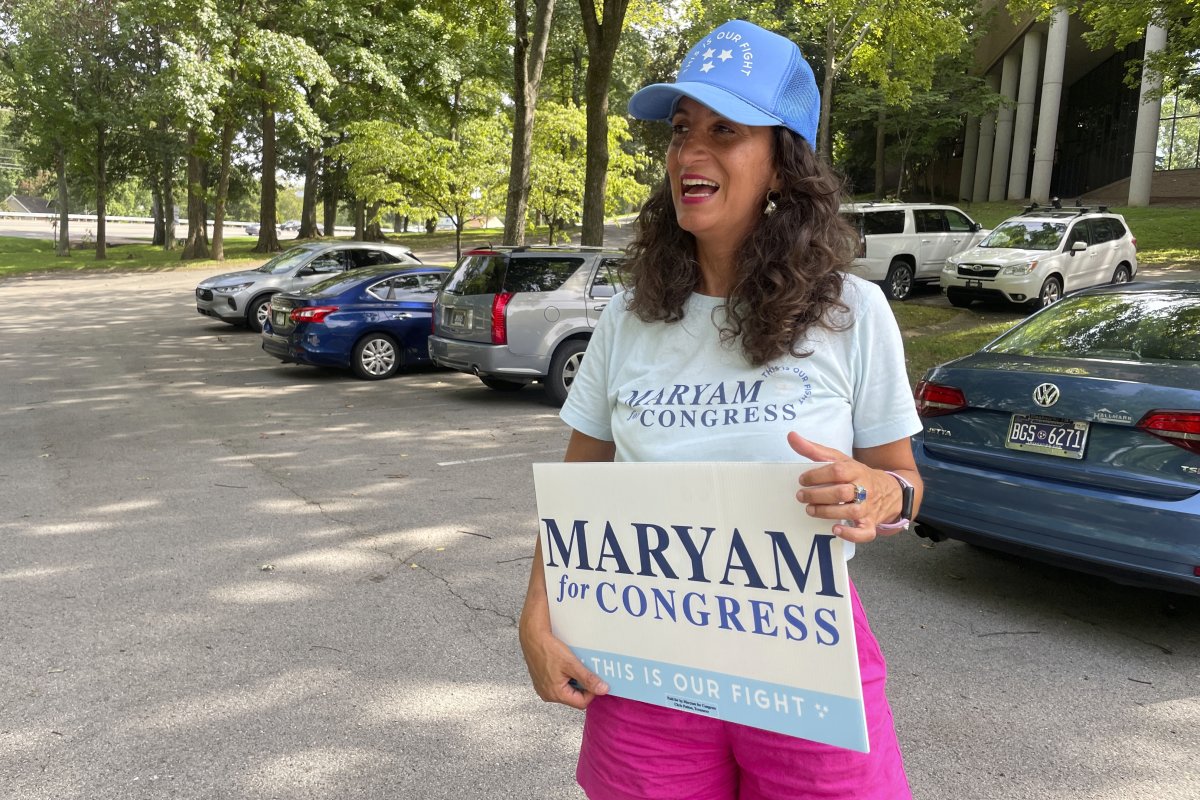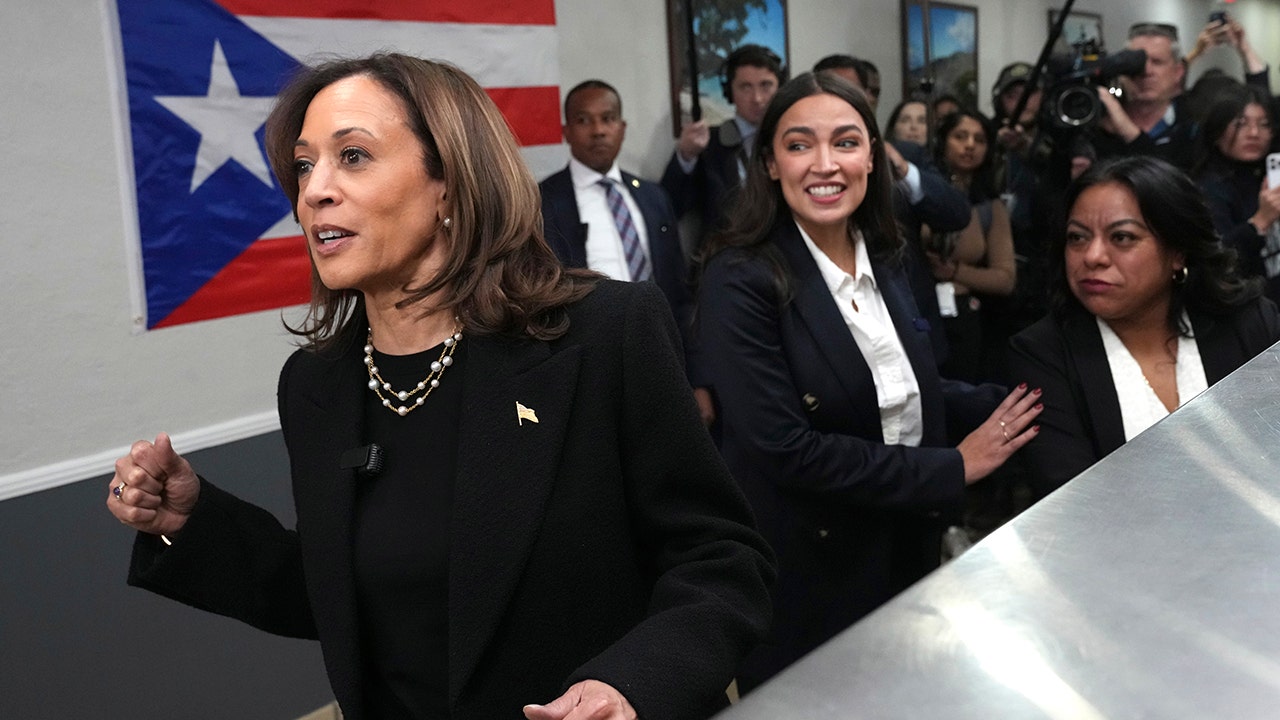Text size
Illustration by Barron’s; Dreamstime (2)
The gender wealth gap is still wide, and despite years of work, the financial services industry has more to do to help close it, a new survey shows.
A Principal survey found that less than half of women feel they have access to high-quality and affordable financial advice, high-quality investments, or the ability to reach financial life goals.
The difference between men and women’s responses highlight the chasm. Among the men surveyed, 61% feel like they have the ability to achieve financial goals like buying a home, paying for weddings, and raising children. However, only 43% of women feel the same, according to an online household survey by
Principal
(PFG) for its annual Global Financial Inclusion index.
A gap was seen on other measures of financial inclusion as well. Almost two-thirds of men felt they had easy access to high-quality investment products, compared with 39% of women. While 42% of women said they could easily access high-quality and affordable professional financial advice, that percentage hit 62% among men.
This dynamic feeds into the broader gender wealth gap as well: Women on average have less money saved for retirement, in part because of a persistent disparity in pay between genders that eats into women’s savings.
For all the diversity and equity efforts by companies in recent years, the gender wage gap hasn’t budged much in the past 20 years. Last year, women on average earned 82% of what men earned, according to the Pew Research Center’s analysis of median hourly earnings of full- time and part-time workers. In 2002, women earned an average 80% of what men earned.
There are a number of reasons for the slow progress closing the divide. While women are more represented in higher-paying jobs traditionally dominated by men—such as professional and managerial positions—than they have been in the past, they are still overrepresented in lower-paying occupations relative to their share of the workforce, according to Pew.
And inflationary pressures are aggravating some of these disparities. Women are less likely to snag pay raises that keep pace with inflation, according to a report from
Bank of America
this spring. Part of that is due to where women work. Three-quarters of healthcare and education workers are women, a sector that saw the second-lowest nominal wage increase last year, according to the Bureau of Labor Statistics.
Combine lower pay with less access to investments and financial advice, and women are often left with a leaner nest egg—even though their longer average life expectancy can result in higher long-term costs than their male counterparts face. Vanguard’s annual look at the retirement plans of five million participants, released in June, showed that men’s median retirement account balances were 43% higher than those of women in 2022.
The gap, though narrower, persisted when comparing balances of higher-income participants. Women earning more than $150,000 a year have an average retirement account balance of $307,365, about 22% smaller than the average $395,219 in the accounts of men in the same income bracket.
Write to Reshma Kapadia at reshma.kapadia@barrons.com































